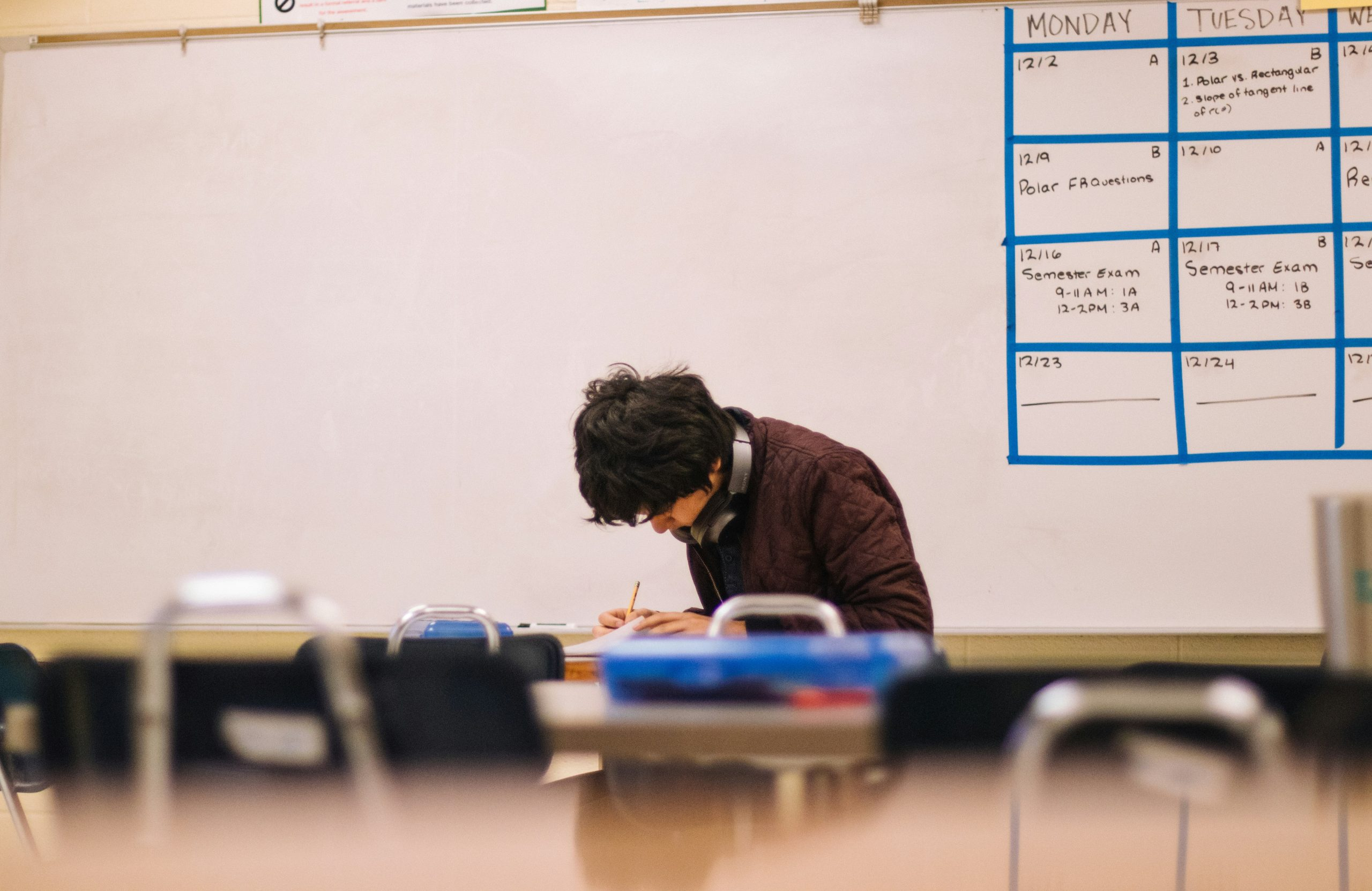Virtual Reality Experiences in Education
Over the years, technology has played a significant role in transforming the education sector. From online classes to interactive learning methods, technology has made learning more engaging and accessible for students. One of the latest innovations in education technology is virtual reality (VR). With virtual reality experiences, students can now participate in immersive learning activities, making education more fun and effective. In this article, we will explore the benefits of virtual reality experiences in education and how it is changing the traditional classroom setting.
The Rise of Virtual Reality in Education
Virtual reality is a computer-generated simulation that creates a three-dimensional, interactive environment. It is designed to simulate real-world experiences and provide users with a sense of presence, where they feel like they are actually part of the virtual world. The use of virtual reality in education has gained popularity in recent years due to its potential to revolutionize the way students learn. Virtual reality experiences bridge the gap between theory and practice, making education more engaging and interactive.
Enhanced Learning Experience
Traditional learning methods often rely on textbooks and lectures, which can be monotonous and less engaging for students. With virtual reality experiences, students have the opportunity to experience things they would not be able to in the real world. For instance, students can explore ancient civilizations, travel to space, or even dive deep into the ocean through virtual reality. This immersive learning experience stimulates students’ senses, making learning more engaging and memorable.
Hands-on Learning
Virtual reality experiences allow students to have a hands-on learning approach, where they can interact with virtual objects and manipulate them as they please. This type of learning is beneficial for subjects that are hard to visualize, such as chemistry experiments, where students can perform experiments safely in a virtual environment. VR also allows students to learn from their mistakes without any consequences, providing them with a safe and risk-free learning experience.
Accessible and Inclusive Learning
Virtual reality experiences in education also promote inclusivity and accessibility. Students with disabilities or those who are unable to attend traditional classes can still have access to education through virtual reality. VR also allows students from different parts of the world to collaborate and learn together, breaking geographical barriers and promoting cultural exchange.
The Advantages of Virtual Reality in Education
Engaging and Motivating
The immersive and interactive nature of virtual reality experiences in education makes learning more compelling and fun. This motivates students to participate actively in class and promotes better learning outcomes. Students are more likely to remember and understand information learned through virtual reality experiences compared to traditional methods.
Cost-Effective
Virtual reality experiences in education reduce the need for expensive equipment and resources, making it a cost-effective solution for schools and institutions. With the use of VR headsets, students can access a wide range of learning experiences at a fraction of the cost of traditional methods. This makes virtual reality a viable option for schools with limited resources.
Real-Time Feedback
VR also provides students with real-time feedback, where they can see their progress and areas that need improvement. This type of instant feedback helps students track their performance and make improvements accordingly. It also allows teachers to identify students’ strengths and weaknesses and tailor their teaching methods accordingly.
The Future of Education with Virtual Reality
Virtual reality experiences have the potential to enhance the way students learn. As technology continues to advance, we can only expect virtual reality to become more immersive and accessible for students. VR can bridge the gap between theoretical knowledge and practical application, preparing students for real-life scenarios. It also promotes critical thinking and problem-solving skills, which are essential for success in the future.
In conclusion, virtual reality experiences in education have numerous benefits that can change the way students learn. It makes education more engaging, accessible, and inclusive, promoting better learning outcomes. As educators continue to explore the potential of virtual reality, we can expect to see more innovative ways of using this technology to revolutionize the education sector.





